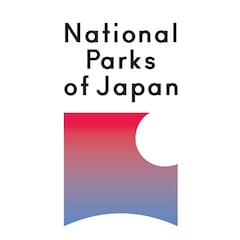Retreat to Towada-Hachimantai National Park
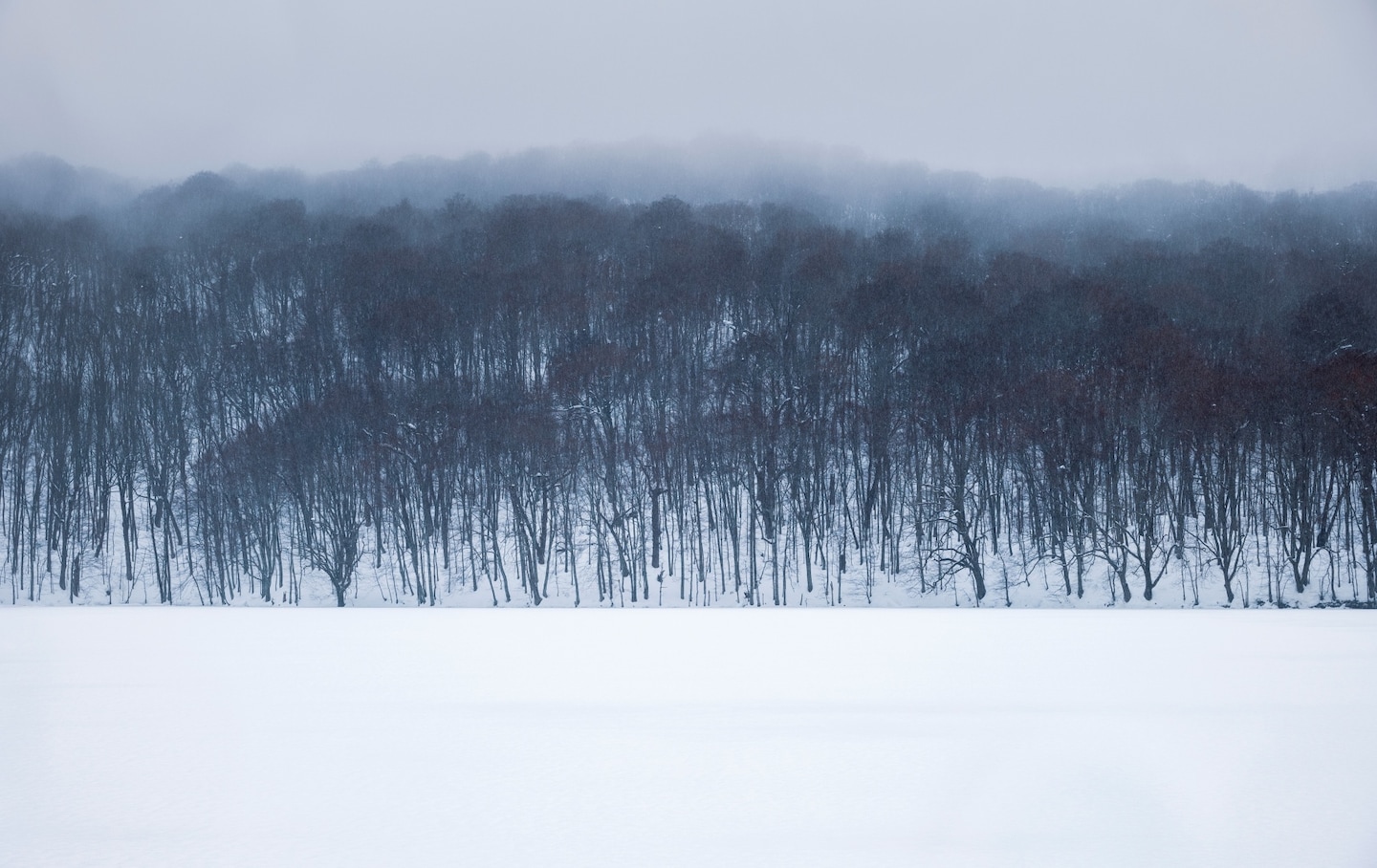
The northern reaches of Tohoku on Japan’s central island are home to one of its original nature resorts, one that has nurtured a number of unique wellness cultures that have endured through the centuries.
By National Parks of JapanAncient Hot Springs in the Depths of the Mountains
Cast all images of gentle trickling hot springs from your mind. While those exist, the deep mountain terrain of Towada-Hachimantai National Park is also home to torrents of boiling water bursting from the rockface, roaring fumarole vents, and steaming rivers of mineral-rich water. This is the raw essence of Japanese hot spring culture, and the onsen resorts built around them.
Beyond the scale of the hot springs, the mineral rich waters and varied compositions boast numerous health benefits that have been enjoyed by the Japanese people centuries before they were recognized by scientific studies. Termed toji in Japanese, hot spring therapy is a local tradition, and sees people travel to stay at onsen resorts for many days to relax, recover from illness, or to boost their health in general. Beyond the physical benefits, the meditative effects of communing with the awesome power of nature are also noteworthy, and a fitting way to feel close to nature deep in the mountains.
The Two Sides of Towada-Hachimantai National Park
As the name suggests, Towada-Hachimantai National Park is split into two distinct regions: the northern Towada-Hakkoda area that includes the Hakkoda Mountain Range and the vast caldera crater lake of Lake Towada, and the southern Hachimantai area that is home to a vast number of volcanoes tied together by stunning alpine scenery.
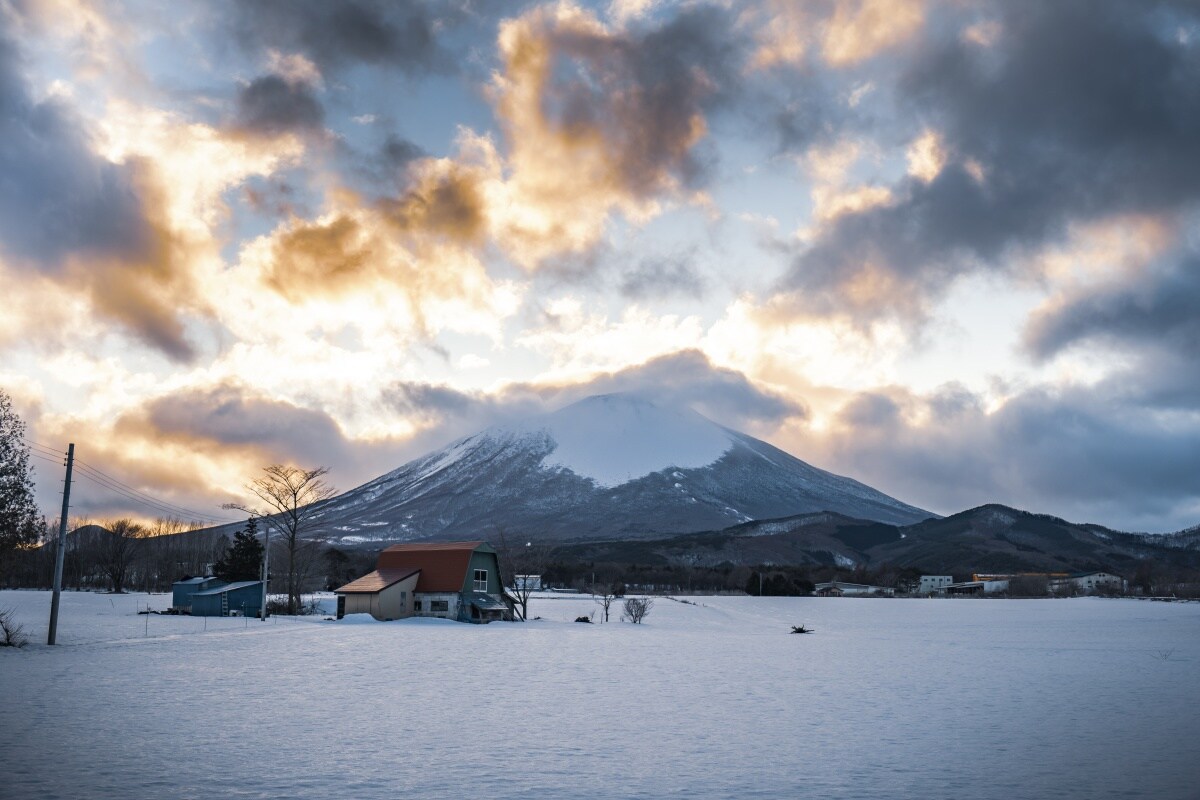
Photo: A majestic sunset over Mt. Iwate from the town at the foot of the mountain (outside the park).
Discover a Primeval Landscape Centering on Sacred Lake Towada
Any trip to the Towada-Hakkoda area must include a visit to Lake Towada. Almost impossibly still, the double caldera lake was almost entirely devoid of aquatic life until himemasu salmon was introduced to the area by a local resident in 1905. As such, the ecosystem has remained largely untouched since antiquity, and nowhere is that more obvious than the natural forests that surround the lake. Easy hiking routes take visitors around the lake, or from the lake to the forests and back again. The only river leading from Lake Towada, the Oirase Gorge is one of the most celebrated sites of natural beauty in the area, and trades the serenity of the lake for dynamic rapids.
Alternatively, travelers can head up into the mountains and view the lake from many vantage points. Higher still, the Hakkoda Ropeway soars into the Hakkoda Mountains, and is home to hiking routes to satisfy both nature lovers and serious hikers hungry for a challenge.
Trek Across Moors and Alpine Highlands
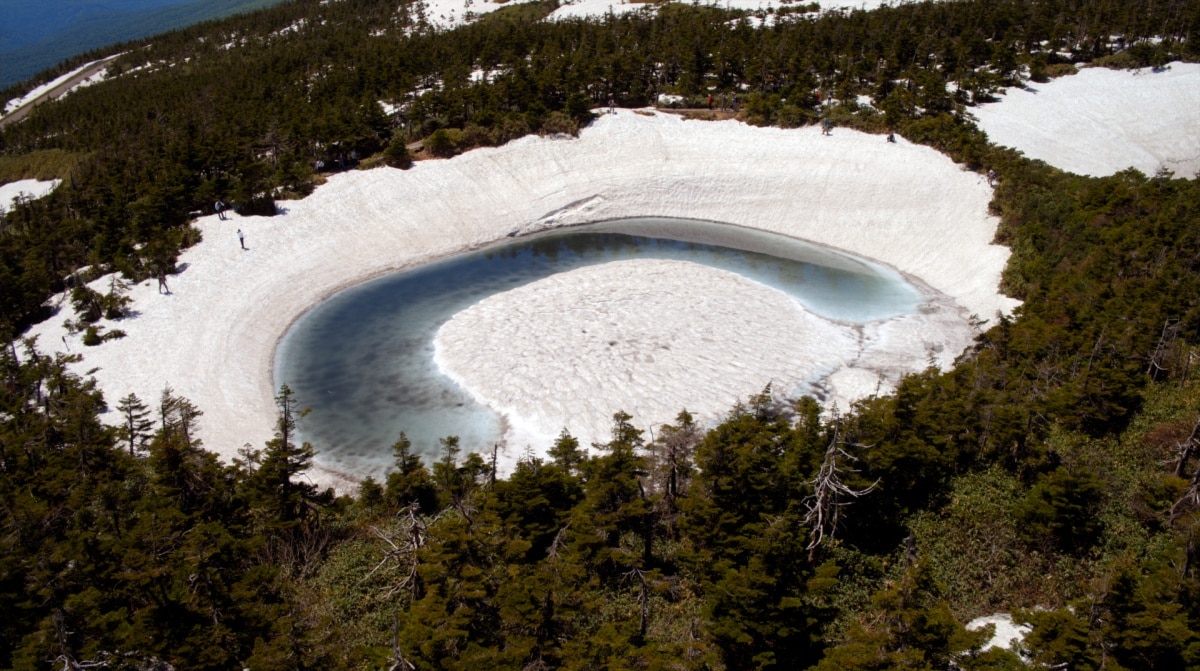
The Hachimantai area takes its name from Mt. Hachimantai, a sprawling plateau-summited mountain that is known for its ponds, marshes and moors. In particular the Kagaminuma Pond, or “Dragon’s Eye,” demands a trek—as the weather turns from spring to summer, the snow melts along the ridge of the pond, and the water can appear piercing blue, like the eye of a dragon.
In winter, the trees of the Hachimantai plateau transform into rows of “snow monsters” as ice builds up and give the trees rakish shapes among the snowfields. The phenomenon is an eerie but celebrated one, and though they can only be seen for a short time (typically between January through February), the journey to see them is more than worth it for skilled, ambitious hikers or those traveling with a guide.
Photo: When the snow melts, visitors can see the eerie phenomenon of Kagaminuma Pond "Dragon's Eye" of Hachimantai, aka "Dragon's Eye" Kagaminuma Pond.
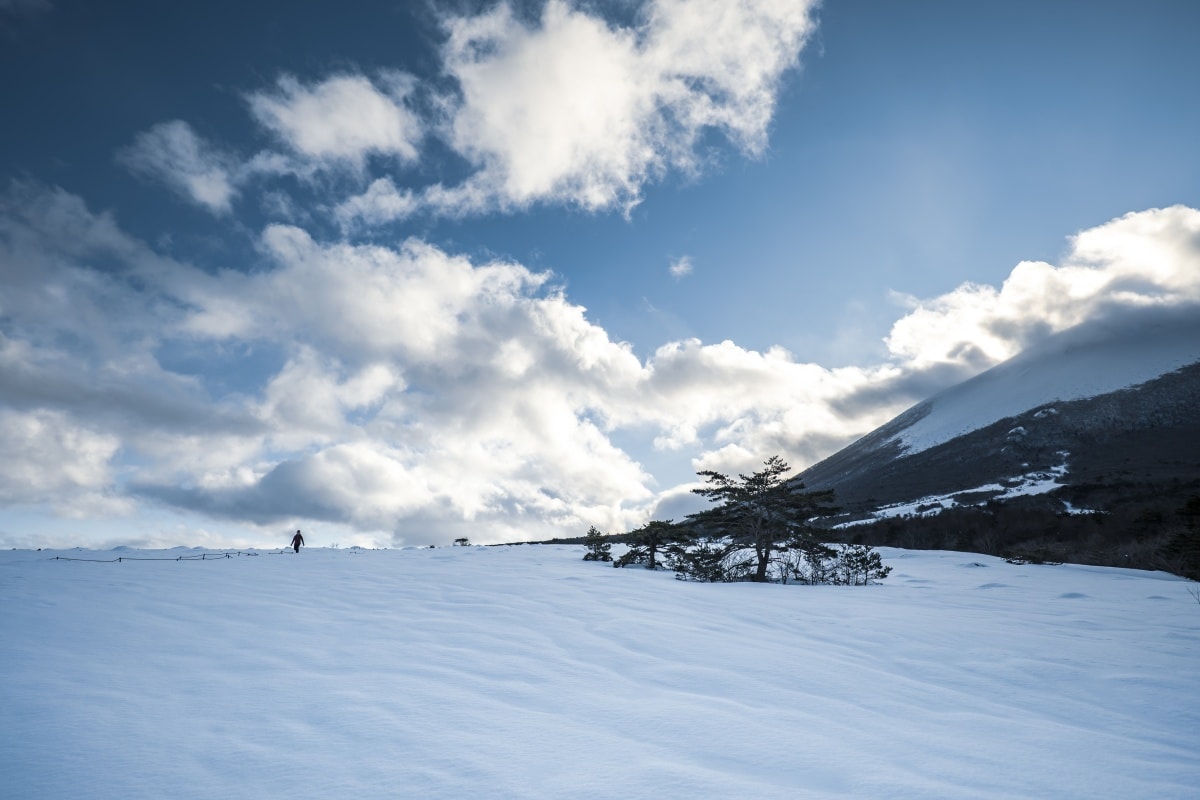
Alternatively, the Yakehashiri Lava Flow on the northeastern slope of Mt. Iwate is also fantastical scenery. Here, you can walk along the cooled and hardened lava flow, the remnants of an eruption in 1732. The jet-black rocks stretch far into the distance, and stand in stark contrast to the rich, green forests beyond.
Photo: Yakehashira Lava Field covered in snow.
Unlock Tohoku Spiritual Tradition Among Inspiring Nature
Towada-Hachimantai National Park is home to a spiritual tradition born from the worship of mountains and other elements of nature as sacred. Nowhere is this more evident than the shrine on Lake Towada. Towada Shrine is located along a small peninsula that juts into the middle of the lake, and is a center for a number of spiritual traditions cultivated. Visitors that stroll through the line of cedar trees of the old pilgrimage route or indulge in the local custom of divination on its shores might well become believers!
Enduring Tradition in Harmony with Nature’s Power
No day in Towada-Hachimantai National Park is complete without a trip to the aforementioned hot springs.
Located in a mountain valley in the Hachimantai area, Tamagawa Onsen Hot Springs boast the most acidic waters in Japan, which flow down a riverbed “onsen field” filtration system. The water is also sometimes diluted for bathing, with baths that contain 50% source water, or baths that are 100%. The high acidity waters are fantastic for skin, and there are a number of unique and safe ways to enjoy the extreme acidity.
Alternatively, Goshogake Onsen Hot Spring (which is also located in Hachimantai) offers great hiking routes right to the source of its therapeutic waters. Bubbling mud pots and pulsing mud volcanoes caused by hissing volcanic vents give way to swathes of steaming water, reminding travelers of the natural power behind these relaxing baths.
Whether in its ancient forests or alongside the gushing, steaming water of hot spring fountainheads, Towada-Hachimantai National Park brings visitors face to face with the unfiltered might of Japanese nature, and the awesome scale of these forces are sure to impress.
Discover more adventure awaiting in Towada-Hachimantai National Park here!


